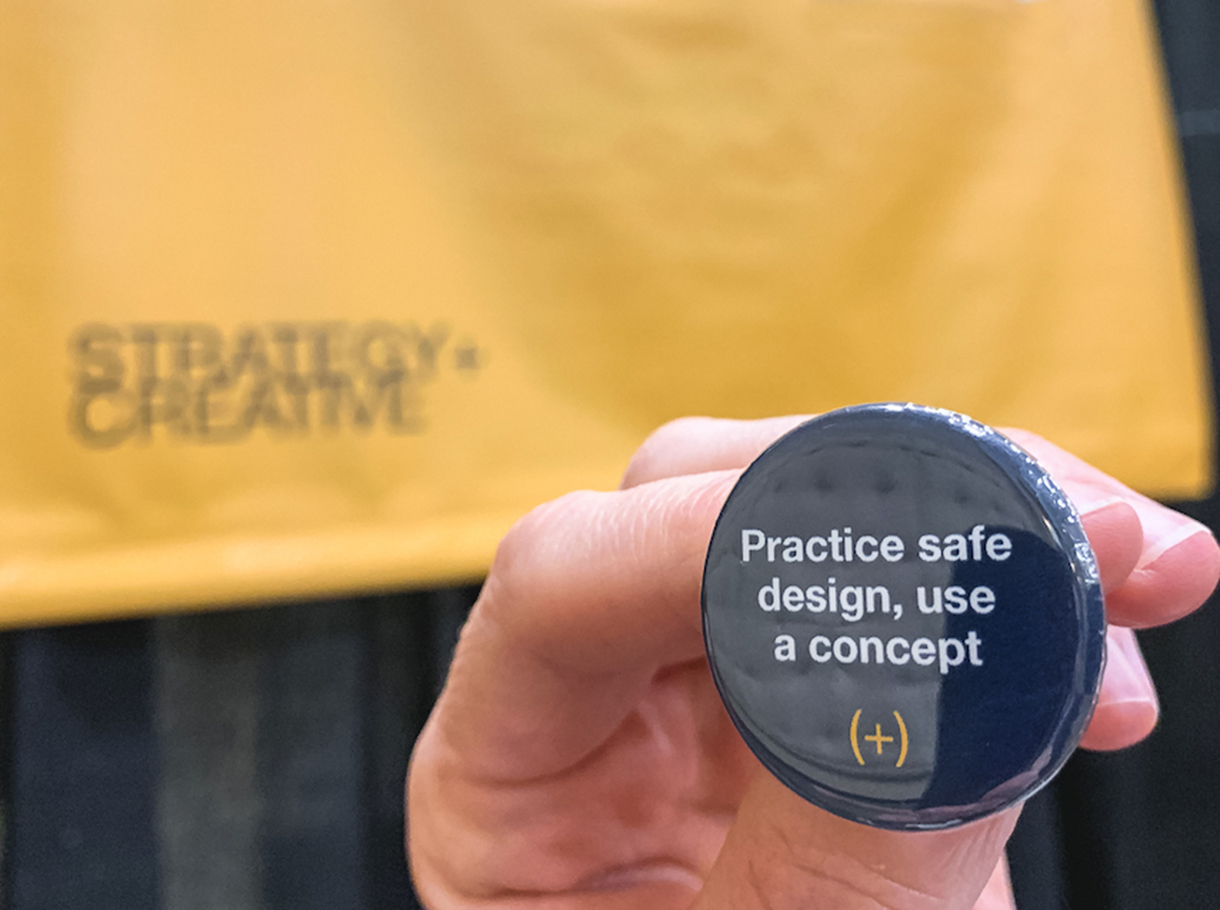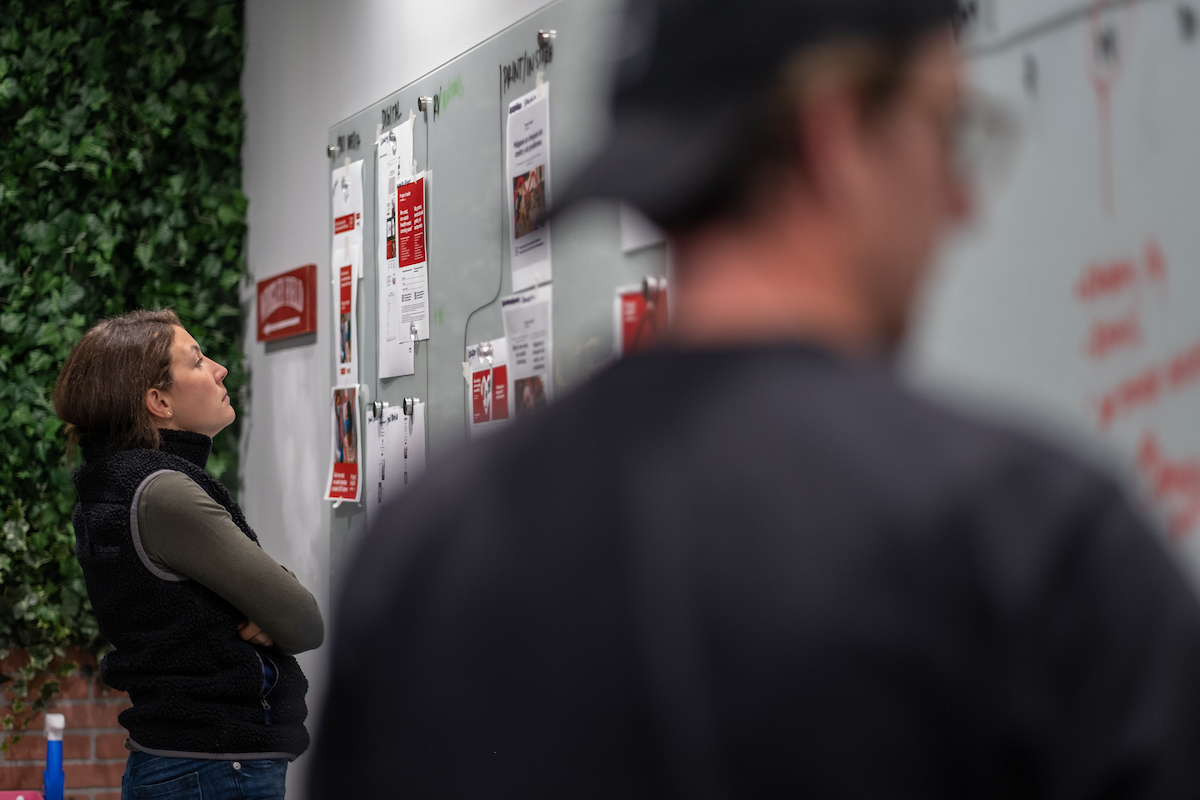Design with feeling: How to use empathy to enhance user experiences
How we think about empathy...
Empathy can be difficult to define. In simplest terms, empathy is sympathy, but with first-hand knowledge of someone’s experience. And as user experience (UX) designers, it is our responsibility to identify moments of need in users, solve to fill the gaps, and create experiences that demonstrate empathy.
How can we create empathetic experiences when we may not have first-hand knowledge of the user’s situation or need?
We take time to learn by combining research strategies –shadowing, interviews, focus groups, analytics, heat mapping and even eye-tracking. We study our users and their current problem or task. And most importantly, we keep that user as the primary focus throughout the entire design process. The user is never forgotten.
Brands look to us to create experiences that are both useful and usable. Whether it is a patient looking to reorder medication, a buyer searching for the right product, or an individual trying to find the right health insurance, it's important that we create empathetic experiences specifically tailored towards the user and their goals.
Guiding users to what they’re looking for...
Over the years, we have partnered with many of our clients to create digital experiences that help users reach their end goals in a simplified way. When working with SilverScript, we used a series of guided steps to help customers find the health insurance that mattered most to them. By uncovering common pain points among focus group attendees, we were able to create a user-focused site that walks current and prospective enrollees through a series of questions to best determine their prescription coverage plan options – resulting in a simplified and supported online journey.

Helping users choose their own adventure...
Designing with empathy involves anticipating users’ needs and building experiences that put the power in the users’ hands. Currently, we are working with Lean Enterprise Institute to empower their consumers to choose their own digital pathway. Utilizing user data and common threads of interests, we are designing a digital experience that will guide employees, consultants, educators, etc. through customized pathways to desired information, such as educational workshops, ebooks, conferences, and trainings.
Kudos Chipotle, kudos.
Time to give some praise to a company that has demonstrated digital intuitiveness and empathy. In a sea of complicated and noisy food ordering experiences, Chipotle has set themselves apart. Understanding that their customers have varying eating restrictions and preferences, they created a simple, but highly empathetic feature to allow users to see a tailored list of menu items that meet those needs. Eliminating the need to research ingredients or poke through a lengthy list of options, Chipotle is saying to their users, “We get you. We understand your needs. And we want to make your food choices as easy as possible.”
These empathetic experiences can be fun and helpful, but to some, they're critical. So, it is important to keep in mind that our process is much more than just designing interfaces. It is our responsibility to craft digital interactions that are relatable, helpful, and empathic.



